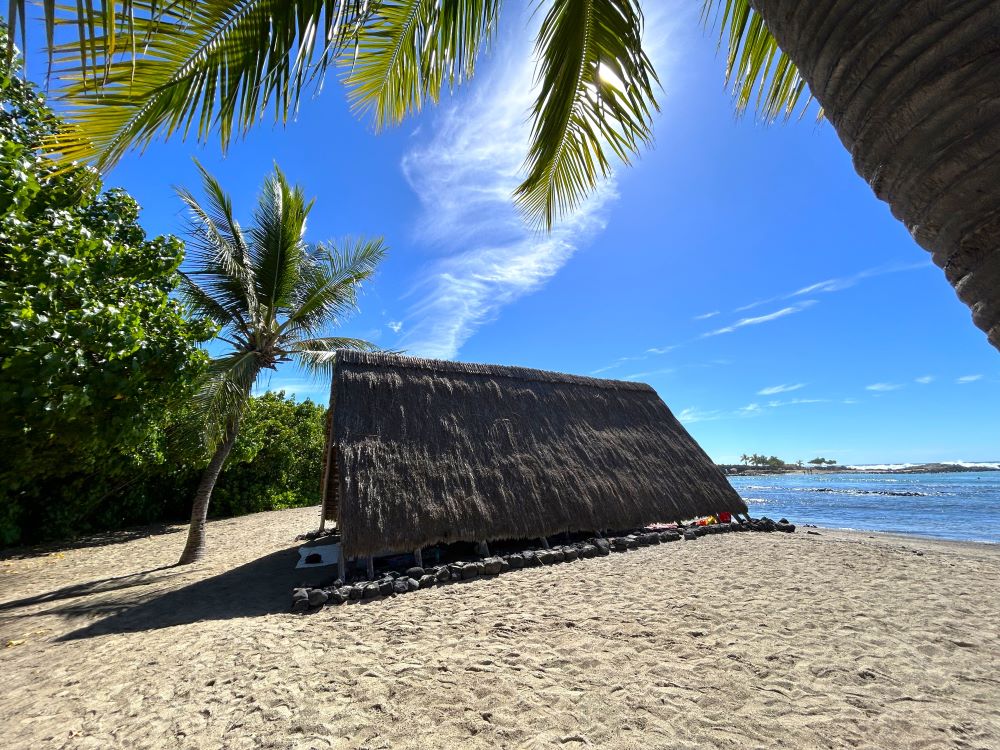
PLEASE NOTE, THIS POST MAY INCLUDE AFFILIATE LINKS, MEANING THAT IF YOU CLICK ON A LINK AND MAKE A PURCHASE, I'LL RECEIVE A SMALL COMMISION. THIS WILL COME AT NO COST TO YOU.
The group of women slip past the sign for Kaloko-Honokohau National Historical Park. The ladies walk the sand path with purpose. Tote bags hang from their shoulders. Blankets are secured under their arms. One woman carries a box piled with interesting cargo. The dense vegetation on either side of the path, opens to reveal a beautiful beach. The women duck into the large, thatched, canoe house.

Soon a melodic sound emerges. It becomes clear that they are here for a sound bath, experience. The resonant sound, adds to the ambience, as I make my way to the water’s edge. My goal, see two of the most popular sights at this National Historical Park. The Aiopio Fish Trap and turtles.
Visitors Center
The first stop when visiting Kaloko-Honokohau National Historical Park is the Visitors Center.
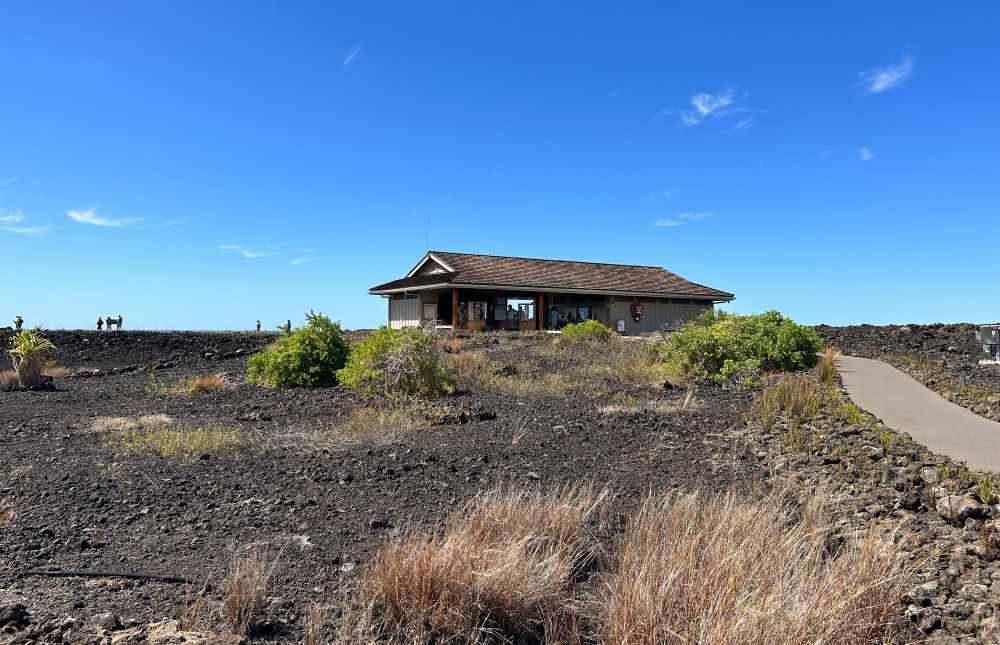
The Center is small, open-air, and offers a few exhibits to explore. It is also the building that houses the park’s passport stamp.
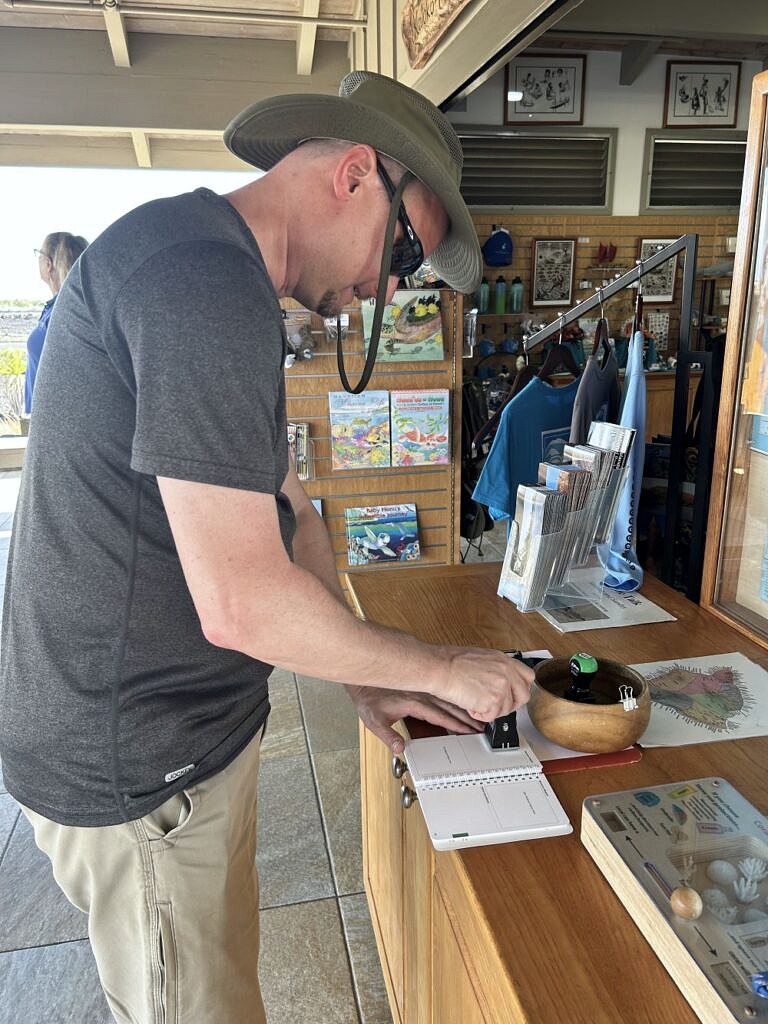
The visitors center is a distance from the main attractions. You can take a hot, sun exposed trail, to the main areas of the park, or a Park Ranger is happy to give you driving directions to the park’s other entrance.
The park’s second entrance shares a parking lot with a marina and restaurants, so be sure to look out for the National Park sign. Past the sign is a sand path that leads to Honokohau Beach.
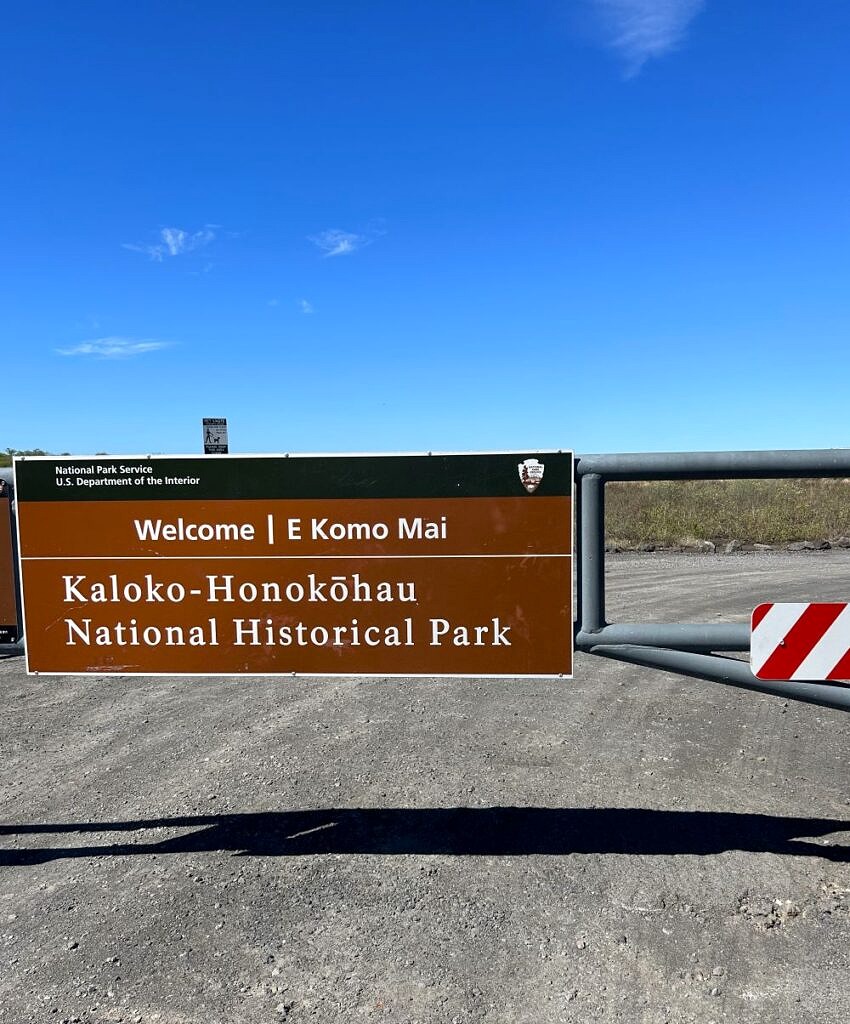
Park Activities
Honokohau Beach
Honokohau Beach, has one of my favorite beach features, shade. The large, beach area, near the entrance path, is the most popular spot in this Historical Park. Many people visit to spend a day in the sun, sea, and sand, of a Hawaiian beach.
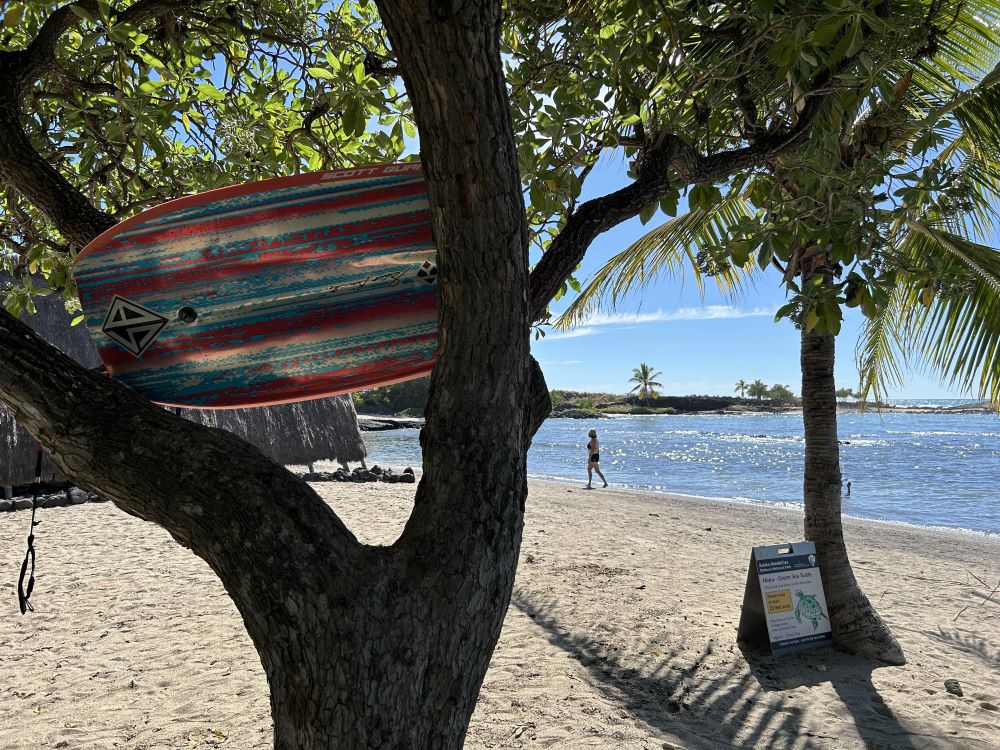
This site however, isn’t just a beach. The Kaloko-Honokohau National Historical Park was once home to an ancient, Hawaiian, settlement.
Aiopio Fish Trap
For its time, the Aiopio Fish Trap, is genius, technology. Built from lava rock, the fish trap allowed the fish to enter at high tide, leaving the fish trapped, once low tide occurred.
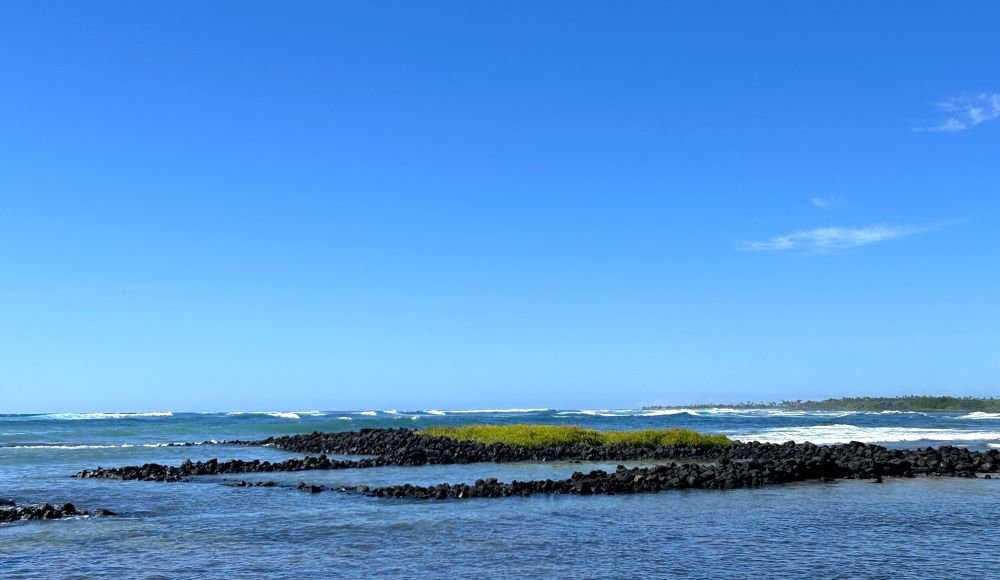
The fish trap provided food for the settlement, allowing them to live and thrive. You can view what remains of the fish trap, from the beach.
Heiau Ruins
As you walk around the beach, you will find the ruins of the settlement’s heiau. A heiau is a sacred temple and should never be trodden upon, entered, or climbed.
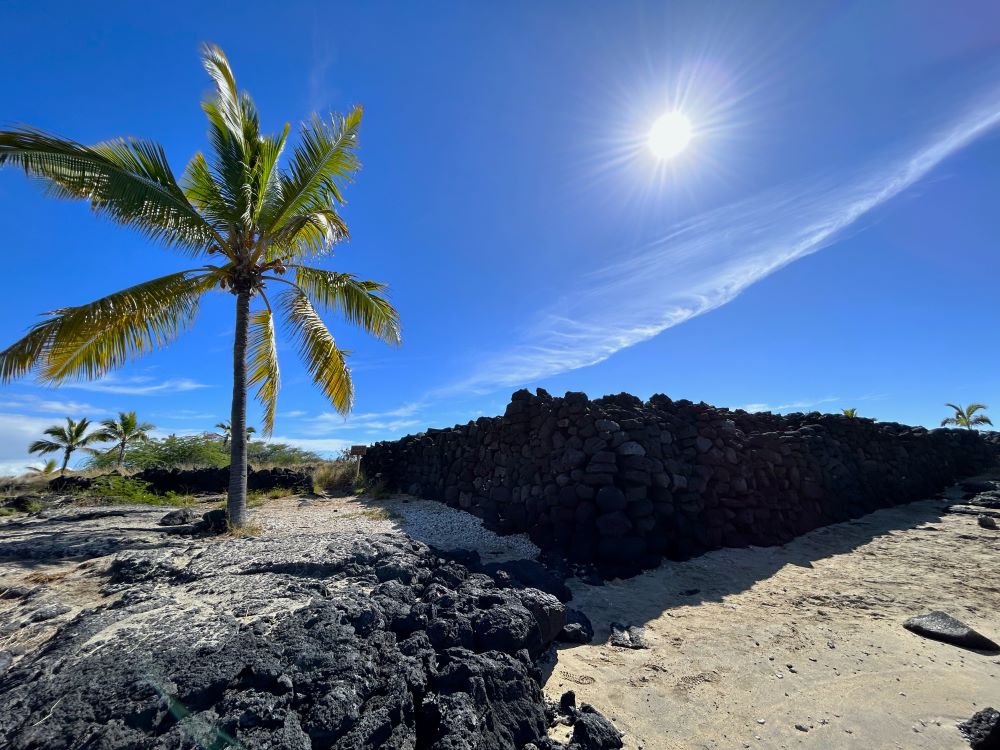
To learn more about Hawaii’s sacred temples, visit The Big Island’s Pu’ukohola Heiau National Historic Site.
Click here to read about our visit to Pu’ukohola Heiau National Historic Site
Turtles
Kaloko-Honokohau National Historical Park is one of the best places on The Big Island to see Sea Turtles.
As you walk along the beach’s edge, keep a close eye on the water. If you see movement, it is most likely a sea turtle.
You may also encounter turtles sunning themselves on the rocks or sand. We saw many turtles during our visit. Of course like all National Park wildlife, you need to maintain a safe distance and not disturb the turtles. Due to turtle watching, this is a popular spot for tour companies. A few briefly stopped to view turtles.
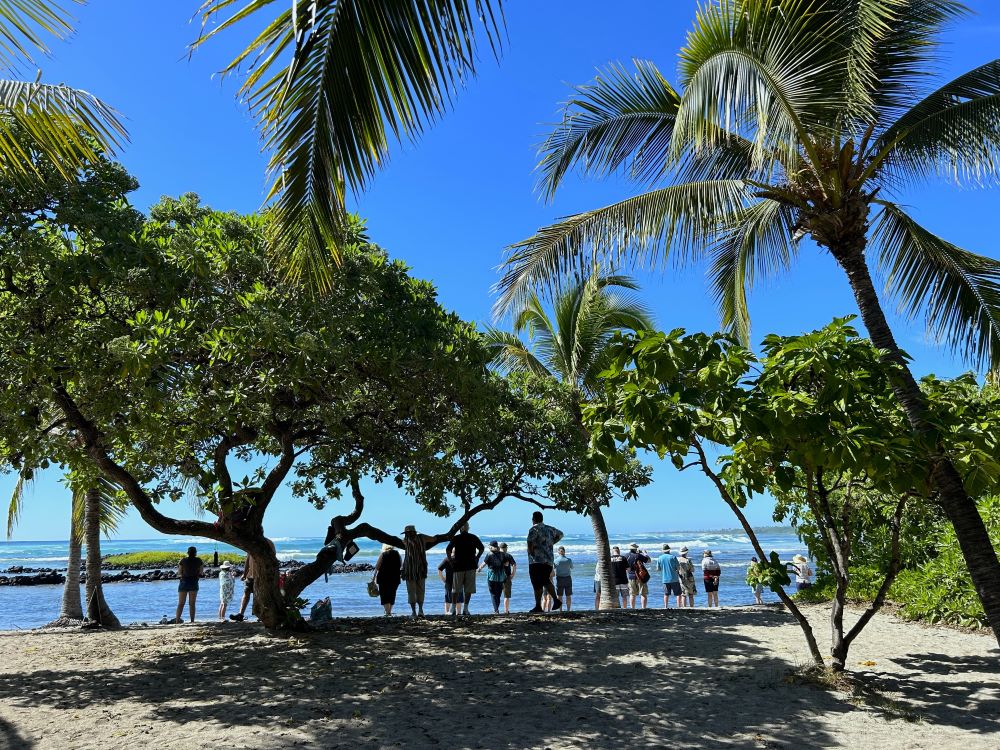
Fishpond
Along with the Fish Trap, the settlement used fishponds to breed and raise fish for food. The trail to the fishpond is along the beach. It’s a pretty walk.
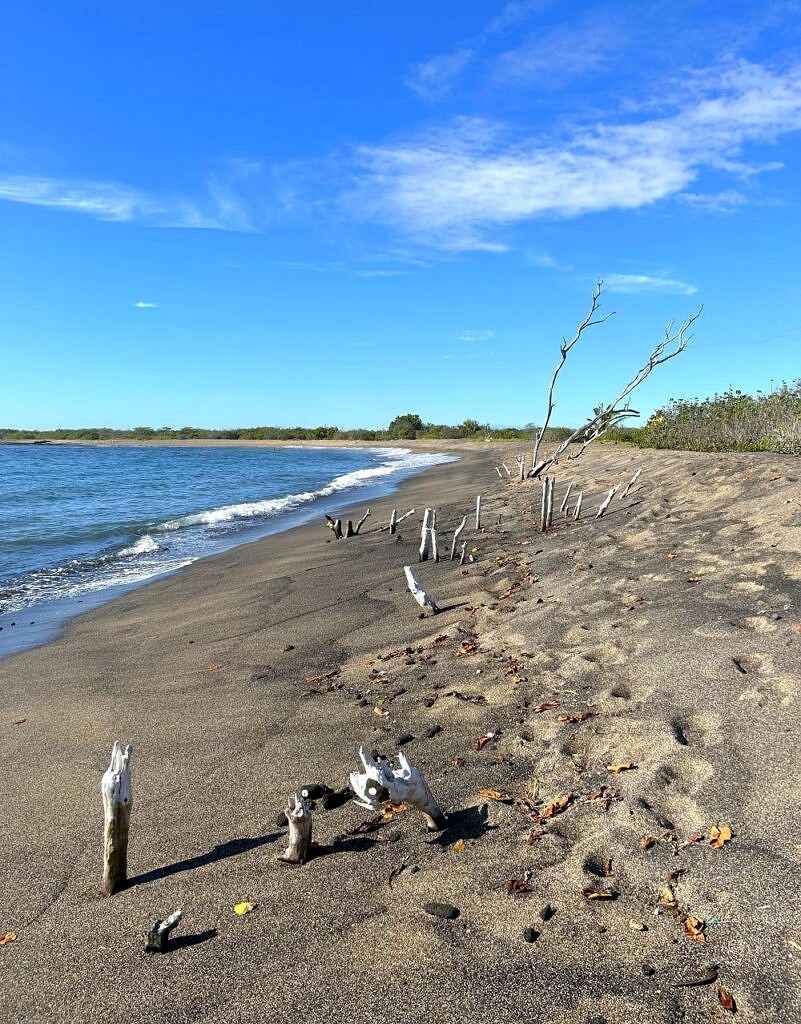
The fishpond area is scenic.

Other Park Activities
We did not hike/walk the trail that leads from the visitors center to Honokohau Beach. There is also a Petroglyph Boardwalk trail, which is a popular park activity, we did not have time to see.
Kaloko-Honokohau National Historical Park is a perfect combination of history and nature. The water is calm. The beach shady. Best of all, there are sea turtles to observe. Learn how Hawaii’s ancient citizens, survived, thrived, and lived in community on the island. Even if you are just here for the turtle spotting, it is worth taking time out of your Big Island itinerary to visit.
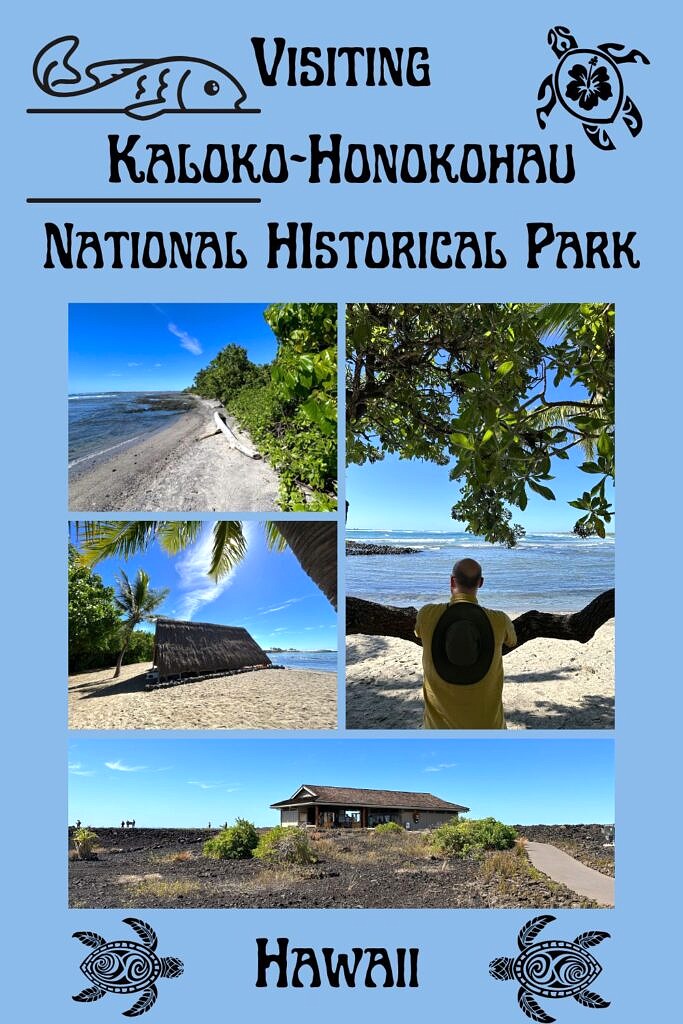
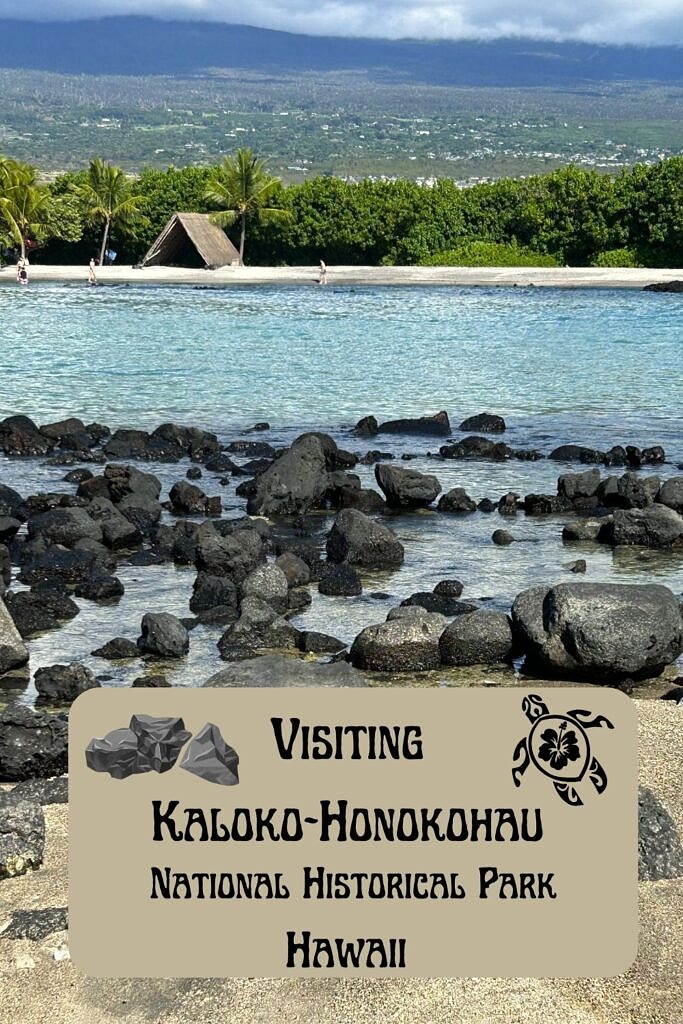
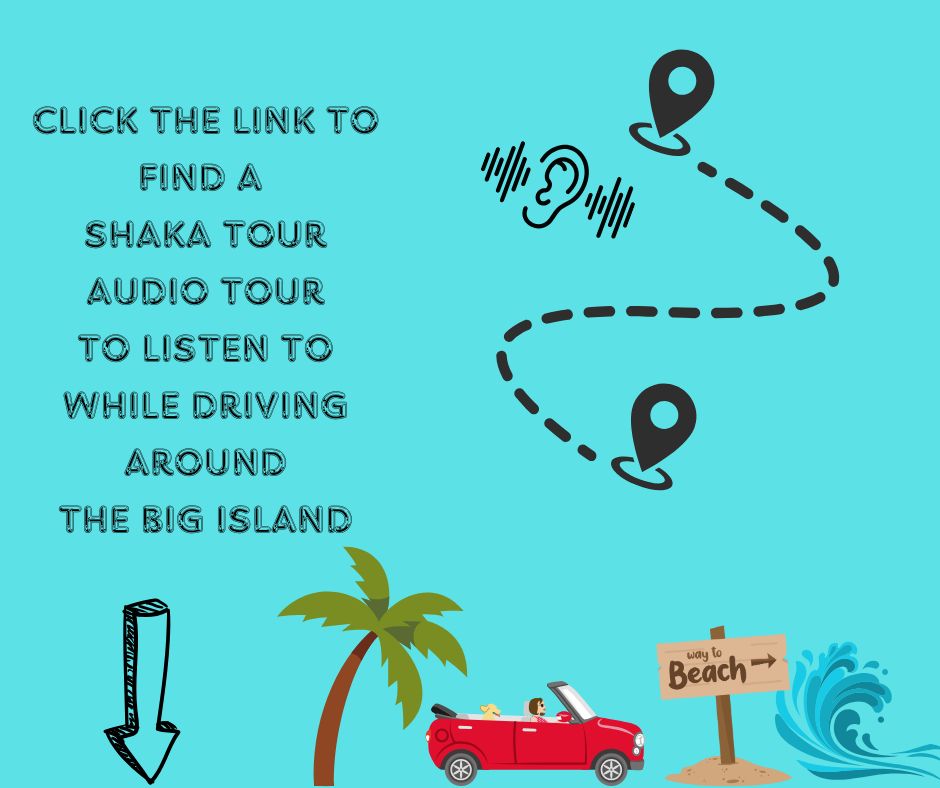
https://www.shakaguide.com/?via=sarah
Find a great place to stay near Kaloko-Honokau National Historical Park
Related posts:
No related posts.
